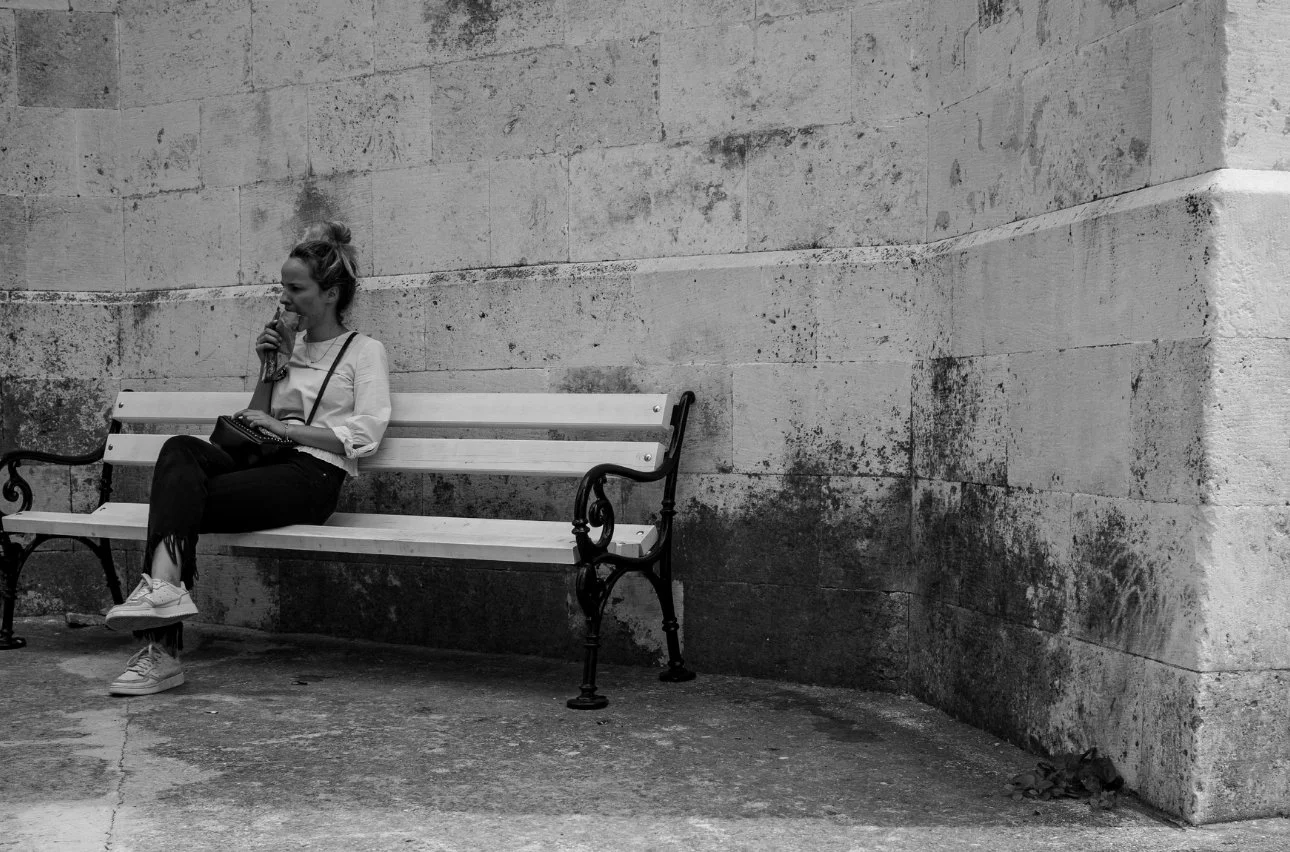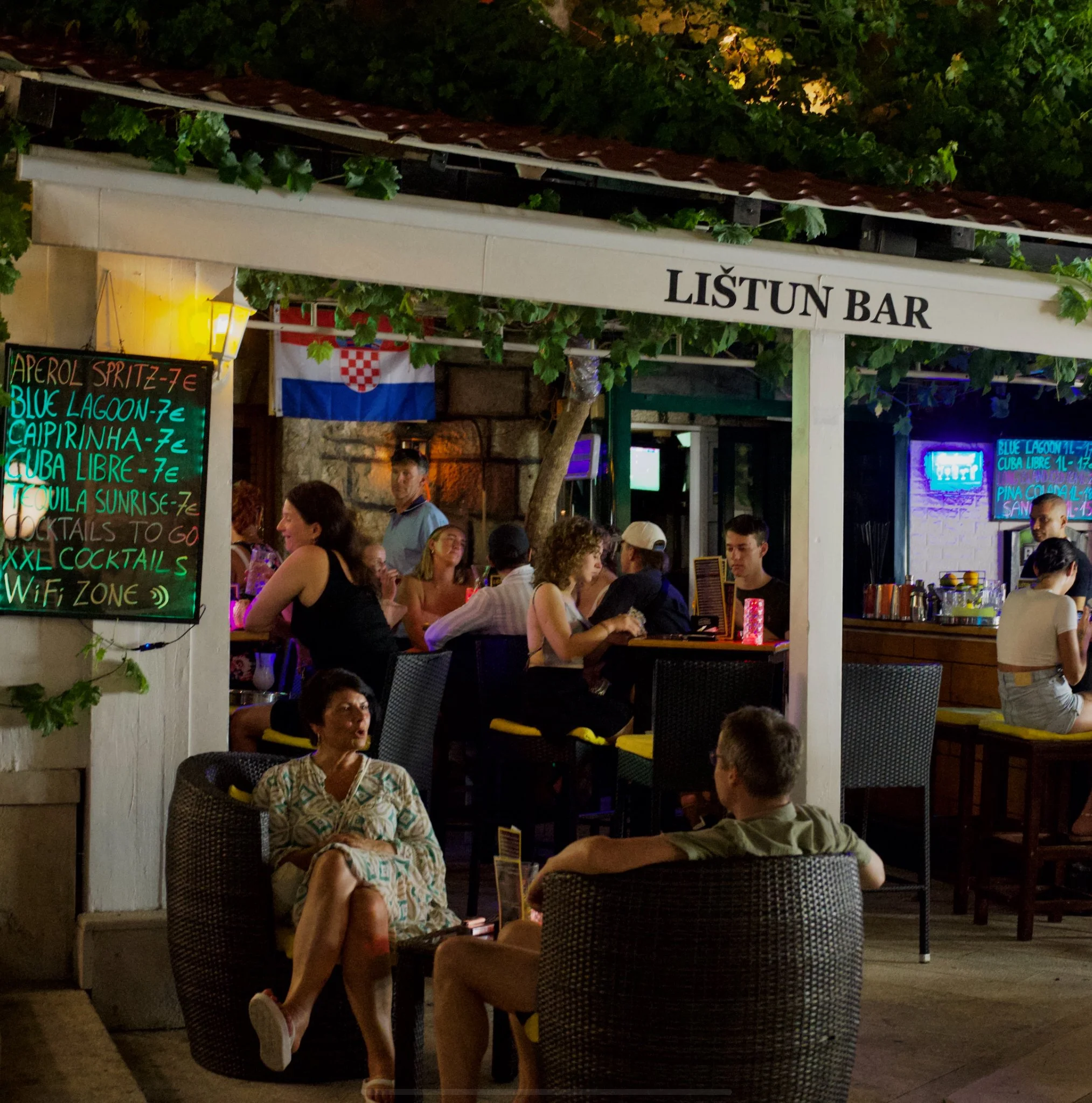Episode 157
Dobar dan, studenti!
Join us for the final installment of the Croatian Summer Destination Series!
This episode we’ll be spending our time learning about the charm of Split.
We’ve got some new vocabulary to learn and we’ll build a few sentences, as well.
The challenge awaits!
Lesson
Seafront promenade - Riva
Bus station - Autobusni Kolodvor
Port - luka
Diocletian’s Palace - Dioklecijanova palača
Tower of Saint Domnius - kampanel Sv. Duje
Marijan Hill - Brdom Marijan
Super Slatko Report
In this edition of the Super Slatko Report, DJ Moe will give us a more in-depth tour of Split. There is so much to discover: palaces, museums, parks, beaches and more! Join us for the fun!
Split, Croatia, like Dubrovnik is another crown jewel on the eastern shore of the Adriatic Sea, smack in the middle of Dalmatia. With a population around 160,000, it’s Croatia’s second-largest city and the largest along the coast. The geography is dramatic: the city spreads out between the turquoise Adriatic and the rugged mountains behind it. Mount Mosor and Kozjak rise proudly nearby, while the highest point of Split proper is Marjan Hill, a 178-meter (584 ft.) green oasis where joggers, pine trees, and churches all share the view. The lowest point? Naturally, sea level—is the bustling Riva promenade that hums with life. Plant life is Mediterranean through and through: olive trees, cypresses, figs, palms, and grapevines. As for animal life, don’t be surprised if you see seagulls scheming for your sandwich or a Dalmatian dog enjoying its ancestral homeland.
So, how did Split become Split? The story begins in the 3rd century CE with the Roman Emperor Diocletian, who built his retirement palace here around 305 CE after resigning from ruling the empire. Yes—Split was born as the ultimate imperial “beach house.” The palace wasn’t a mere villa; it was practically a mini fortified city, complete with walls, temples, barracks, and courtyards. Over centuries, locals settled inside and around the palace walls, repurposing its Roman bones into homes, shops, and churches. The city’s name comes from the plant Spalathos (a type of broom shrub that grows nearby), giving us Spalatum in Latin, eventually morphing into today’s “Split.” So yes—Split is technically named after a bush.
Split has many claims to fame. The biggest would have to be: Diocletian’s Palace itself, a UNESCO World Heritage Site that forms the literal heart of the modern city. It’s one of the best-preserved Roman palaces in the world and still buzzing with cafés, apartments, and markets inside its ancient walls. But beyond marble and history, Split also boasts its own style of music—klapa, a type of traditional Dalmatian singing, so beloved that it too made the UNESCO list, this time the intangible cultural heritage list. And let’s not forget Hajduk Split, the city’s legendary football club, whose fans—the “Torcida” are basically a religion unto themselves.
Split also has some famous faces that call this place home. Perhaps the most internationally recognized is Goran Ivanišević, tennis champion and 2001 Wimbledon winner, known for his powerful serve and his wild-card victory that felt like a sports fairytale. Then there’s Oliver Dragojević, a beloved singer who gave voice to the soul of Dalmatia— Oliver was born in Vela Luka on Otok Korcula, but he spent most of his working career living in Split, where he became part of the cities living culture. His songs are practically the city’s soundtrack. Split also claims actors and musicians, but one quirky mention is that several “Game of Thrones” stars walked its streets, since parts of Diocletian’s Palace doubled as Daenerys’s throne room.
Today’s Split is vibrant, modern, and proud. About 160,000 residents call it home, balancing traditional life with tourism-driven economy. Jobs span from hospitality, shipping, fishing, and tech startups. People live in everything from sleek seaside apartments to stone homes that look older than Diocletians palace.
Do the people of Split have any specific Celebrations? Yes! plenty: Sudamja, honoring Split’s patron Saint Domnius in May; Advent on the Riva in December; Ultra Europe, as we discussed in a past SSR, Ultra is one of the world’s biggest electronic music festivals; and last, but not least, Hajduk’s football matches, which are less “sporting events” and more “citywide emotional rollercoasters.”
Visiting Split is delightfully straightforward. You’ll likely fly into Split Airport (Resnik), about 20 km away (12.4 miles). For seafarers, Split’s port is one of the busiest on the Adriatic, with ferries and catamarans zipping off to nearby islands like Hvar, Brač, and Vis. Transport is easy, but lingering is better: the city brims with must see attractions. A quick rundown for you: Diocletian’s Palace, Marjan Hill, the Archaeological Museum, Bačvice Beach (yes, with sand), the bustling Green Market, and a stroll along the palm-lined Riva promenade. Split is also a perfect springboard for day trips to Dalmatian islands, waterfalls, or neighboring towns like Trogir.
To wrap things up, Split is a city where Roman emperors, football fans, and beach-loving tourists somehow coexist within the same sunlit stone walls. It’s equal parts living museum, buzzing seaport, and Mediterranean playground. But what if you only had only one hot summer day to enjoy Split? Here’s what I would do, start early, wander Diocletian’s Palace like you own it (on a hot day it’s cooler in the catacombs), climb Marjan Hill for that postcard view and take pictures (bring water), and cool off with a swim at Bačvice. Throw in some by coffee—or rakija— as necessary, then end with a dinner at a restaurant on the Riva. It’s not all encompassing, but it will do. That’s my suggestion…
And that’s it for the Super Slatko Report.






